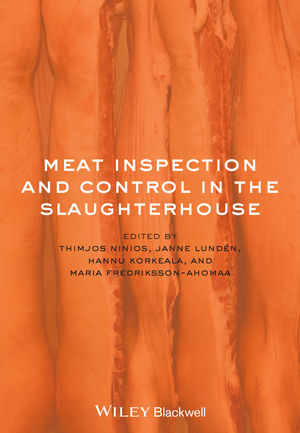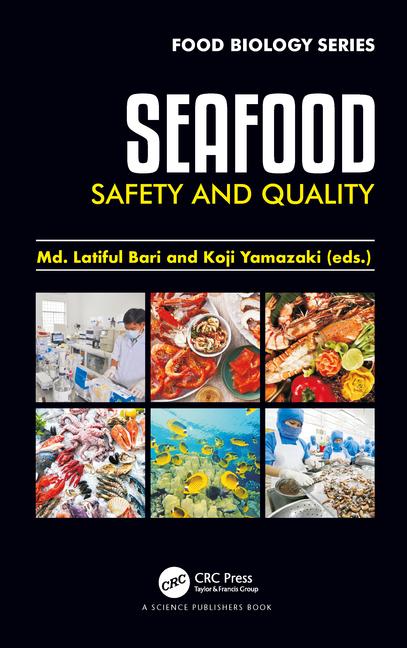The U.S. has achieved its 2010 health objective for E. coli O157:H7 cases in people for the second year, according to new Centers for Disease Control and Prevention (CDC) FoodNet surveillance data, reports the American Meat Institute.
CDC data identified 442 cases of E. coli O157:H7 infections in 2010 from all sources, which translates to 0.9 cases per 100,000 people. The public health goal for 2010 was one case per 100,000 people. CDC noted in Morbidity and Mortality Weekly Reports that the decline in human cases tracks with a decline in cases of hemolytic uremic syndrome (HUS), a serious and life-threatening complication that can occur with infections.
Compared with the 2006—2008 reporting period, overall incidence of E. coli O157:H7 was down 29 percent.
CDC identified a number of factors that contributed to this decline, including better detection and investigation of outbreaks, cleaner slaughter methods, enhanced inspection of ground beef processing plants and increased awareness among consumers and foodservice establishments of the need to consume thoroughly cooked ground beef.
"Thanks to our prevention based approach to food safety, as well as industry and consumer efforts, we have substantially reduced E. coli O157 illnesses," said Elisabeth Hagen, M.D., Under Secretary for Food Safety in the U.S. Department of Agriculture. "This report demonstrates that we've made great progress. However, far too many people still get sick from the food they eat, so we have more work to do. That is why we are looking at all options, from farm to table, in-order to make food safer and prevent illnesses from E. coli, Salmonella and other harmful pathogens."
For 2010, FoodNet identified a total of 19,089 laboratory-confirmed cases of infection, 4,247 hospitalizations, and 68 deaths at its 10 sites. Salmonella infection was the most common infection reported (8,256 infections; 17.6 illnesses per 100,000 persons). For the other pathogens, the number of infections and incidence were: Campylobacter (6,365; 13.6 per 100,000), Shigella (1,780; 3.8 per 100,000), Cryptosporidium (1,290; 2.8 per 100,000), STEC non-O157 (451; 1.0 per 100,000); STEC O157 (442; 0.9 per 100,000), Vibrio (193; 0.4 per 100,000), Yersinia (159; 0.3 per 100,000), Listeria (125; 0.3 per 100,000) and Cyclospora (28; 0.1 per 100,000).
The overall incidence for the six key pathogens (Campylobacter, Listeria, Salmonella, STEC O157, Yersinia, and Vibrio) was 23 percent lower in 2010 than during 1996—1998. For individual pathogens, the incidence was significantly lower for Shigella (57 percent decrease), Yersinia (52 percent decrease), STEC O157 (44 percent decrease), Listeria (38 percent decrease), and Campylobacter (27 percent decrease) but higher for Vibrio (115 percent increase). The incidence did not change significantly for Cryptosporidium.
Source: AMI







Report Abusive Comment